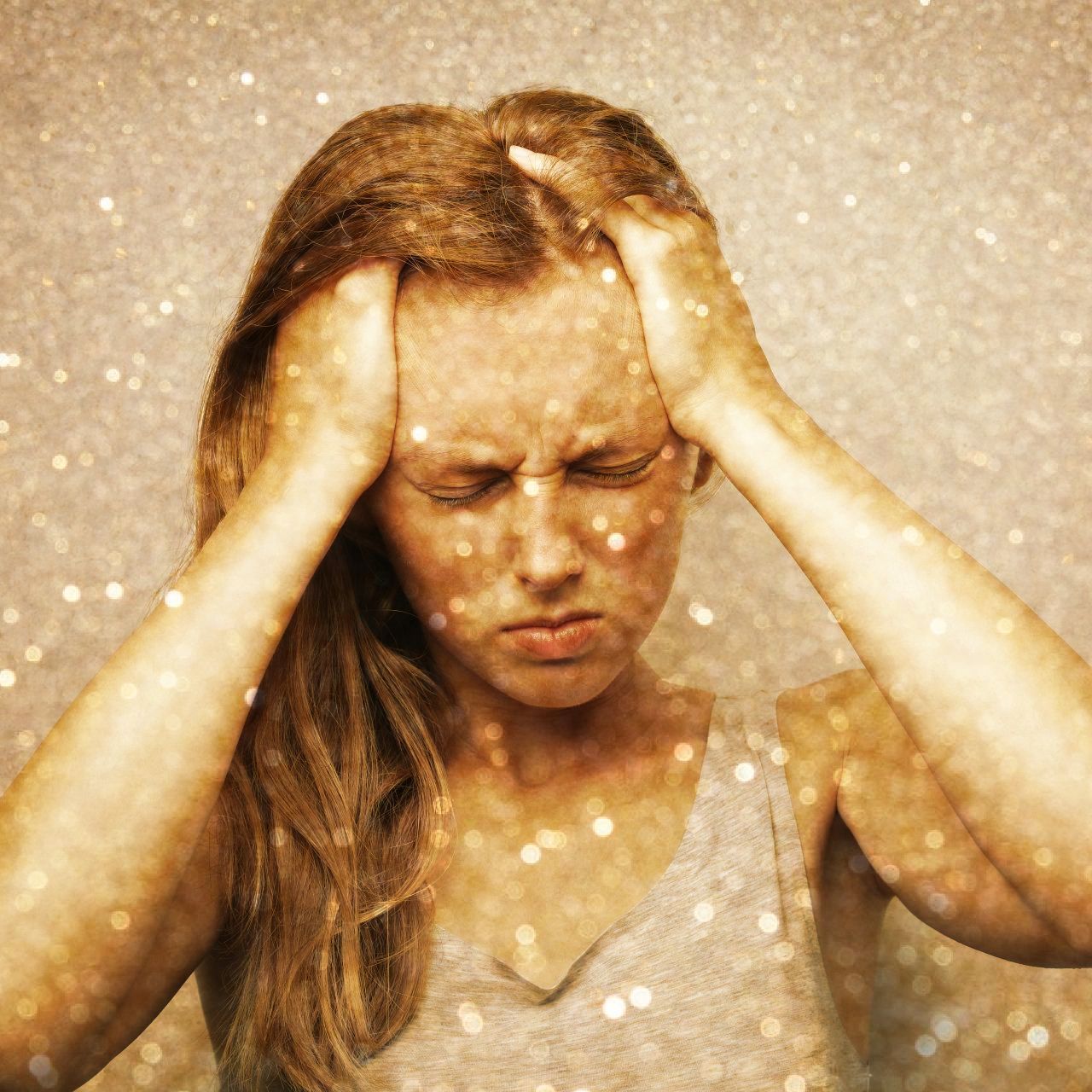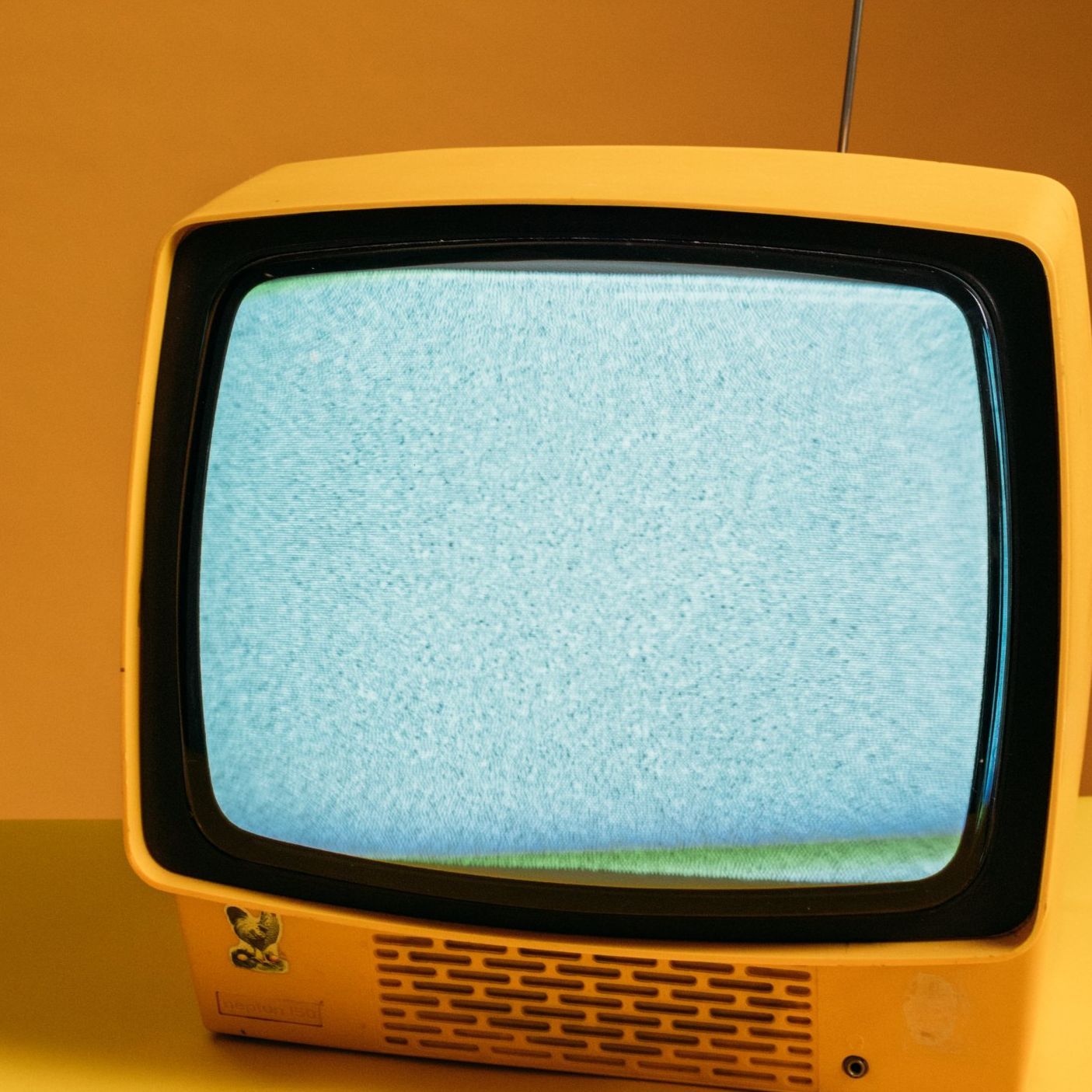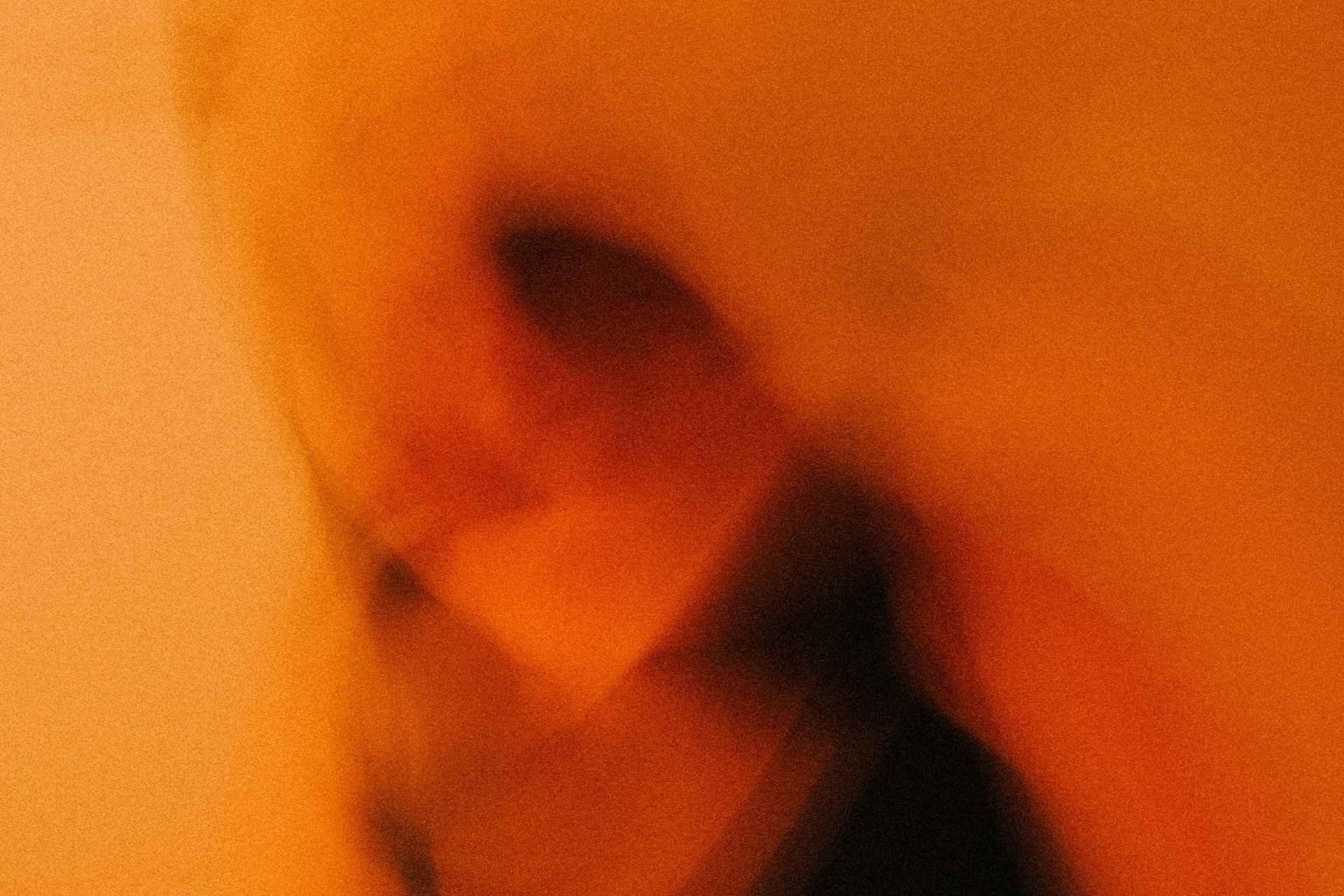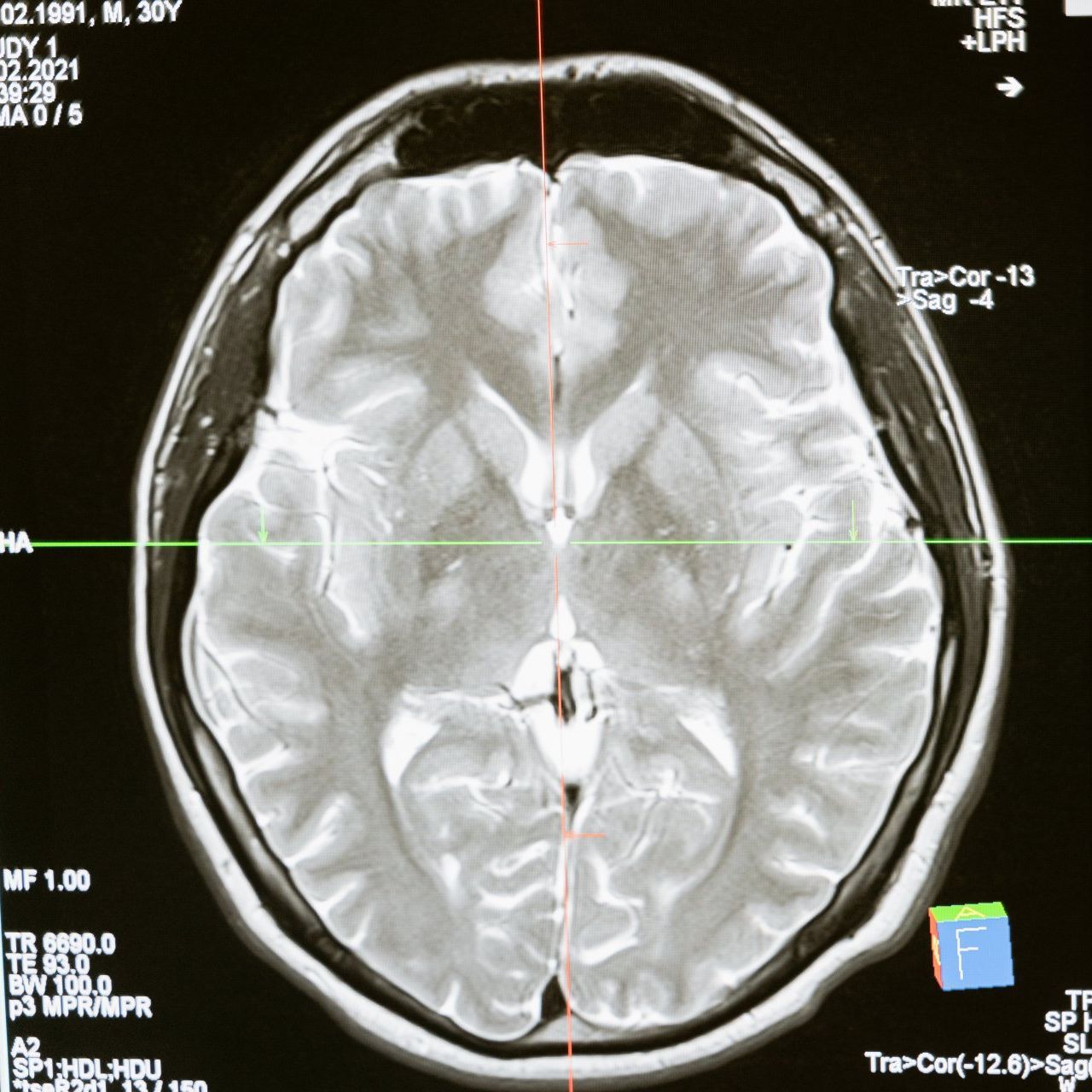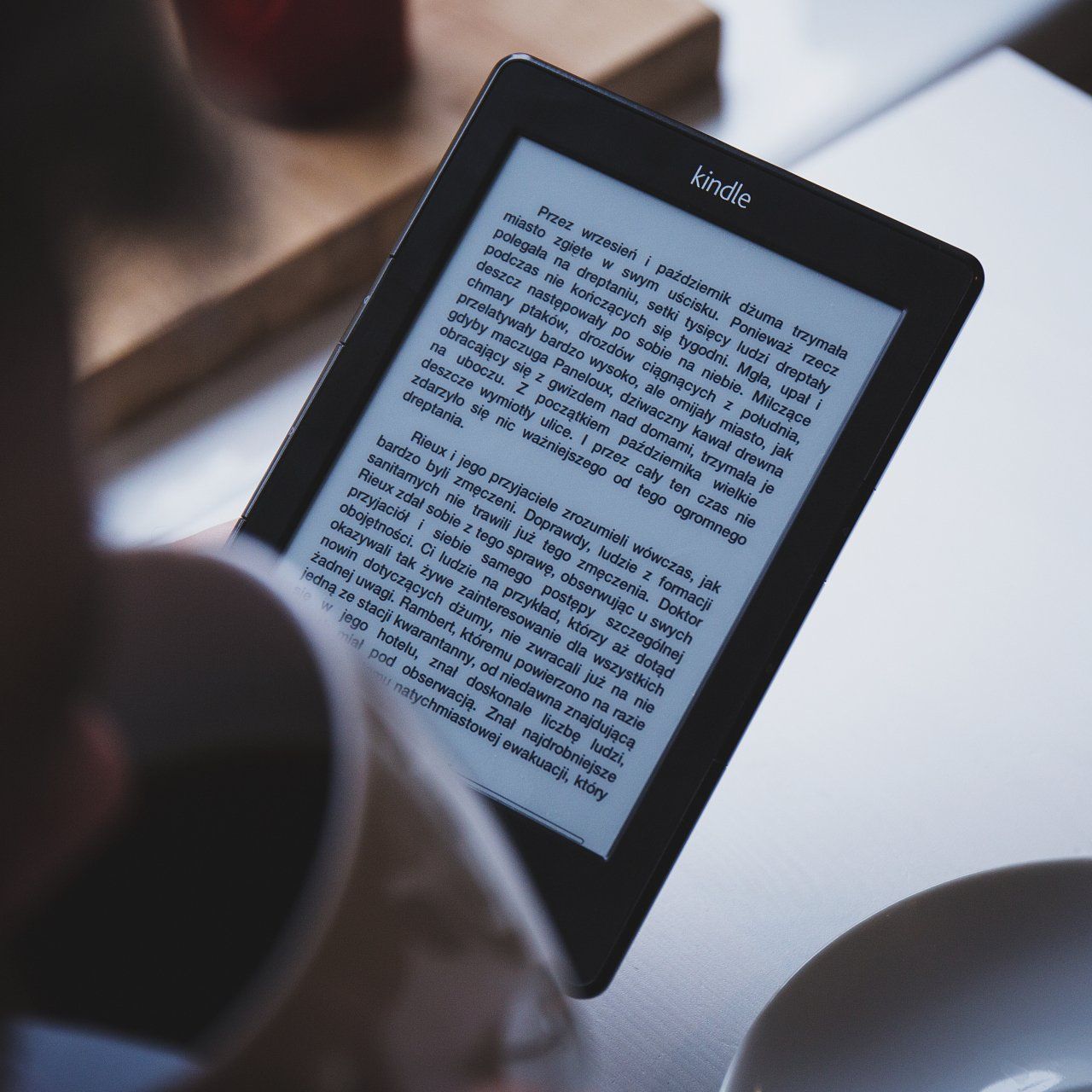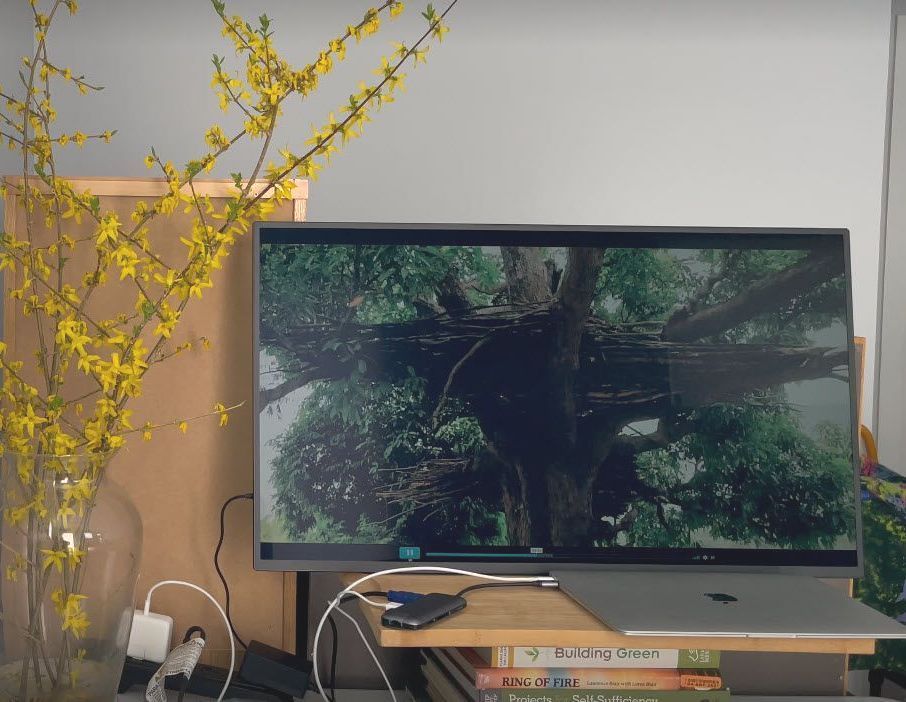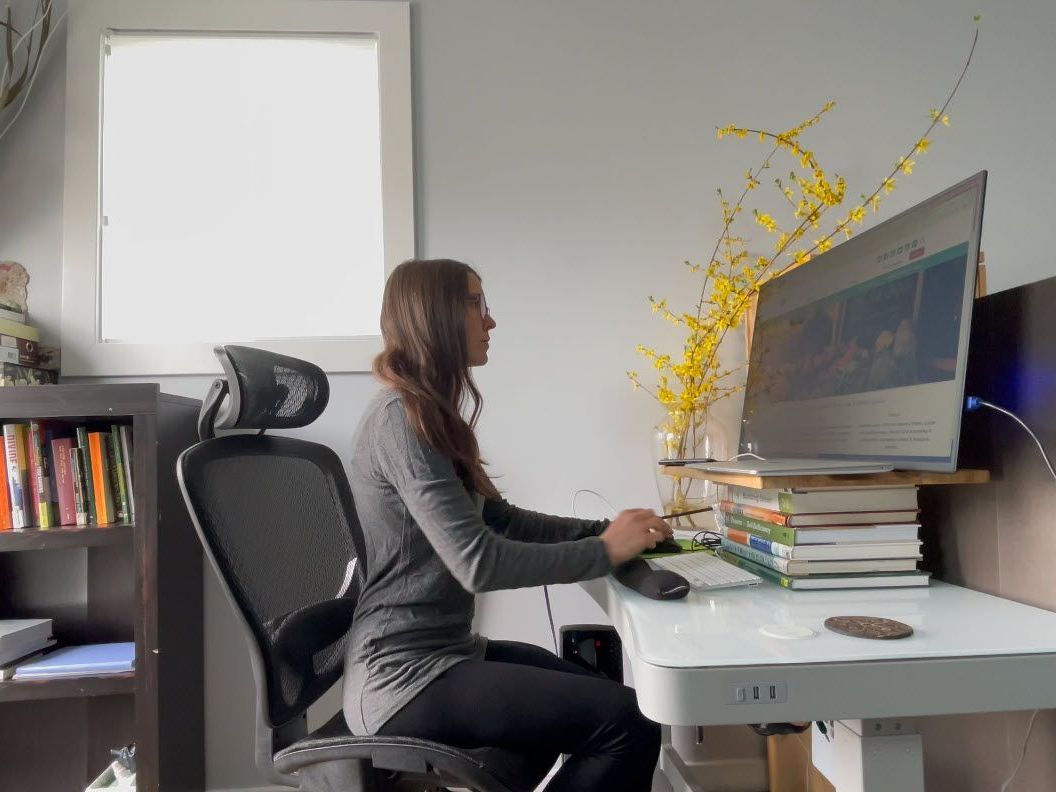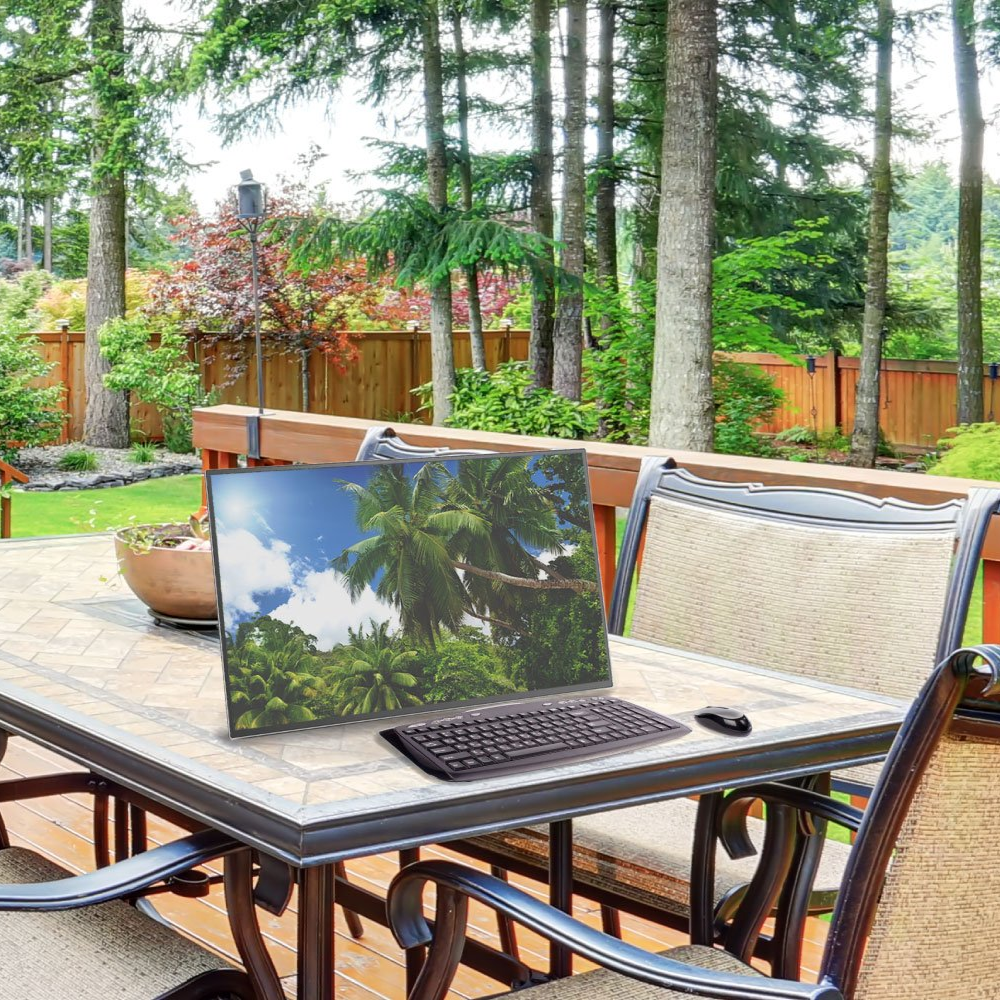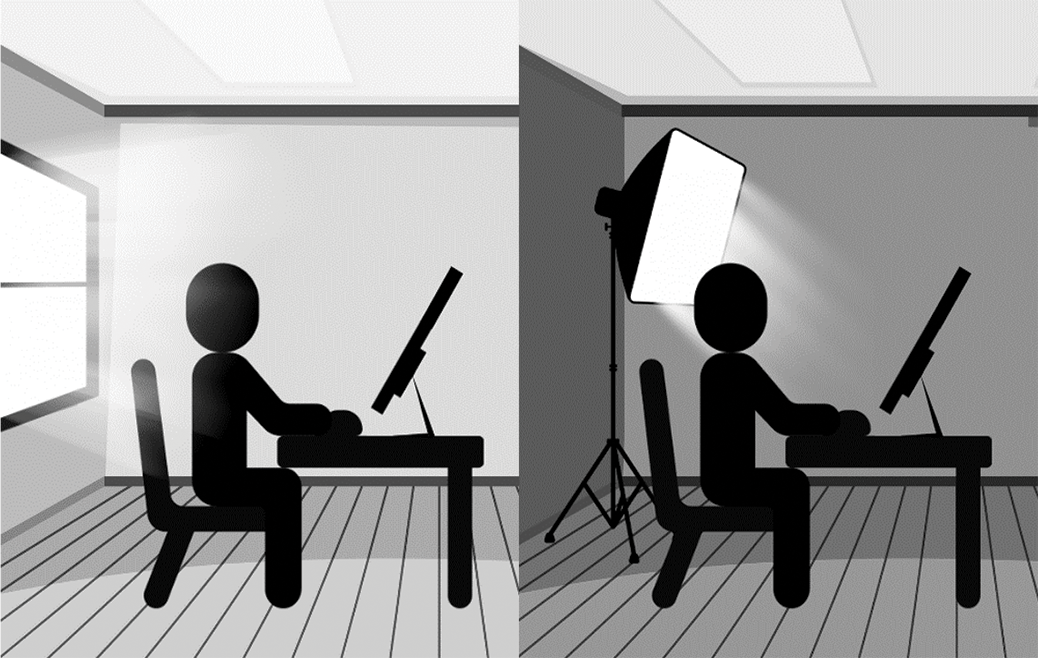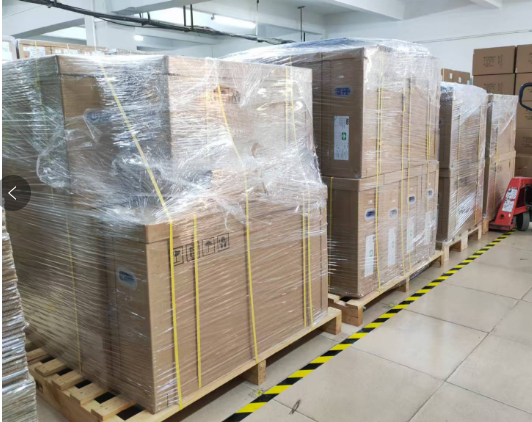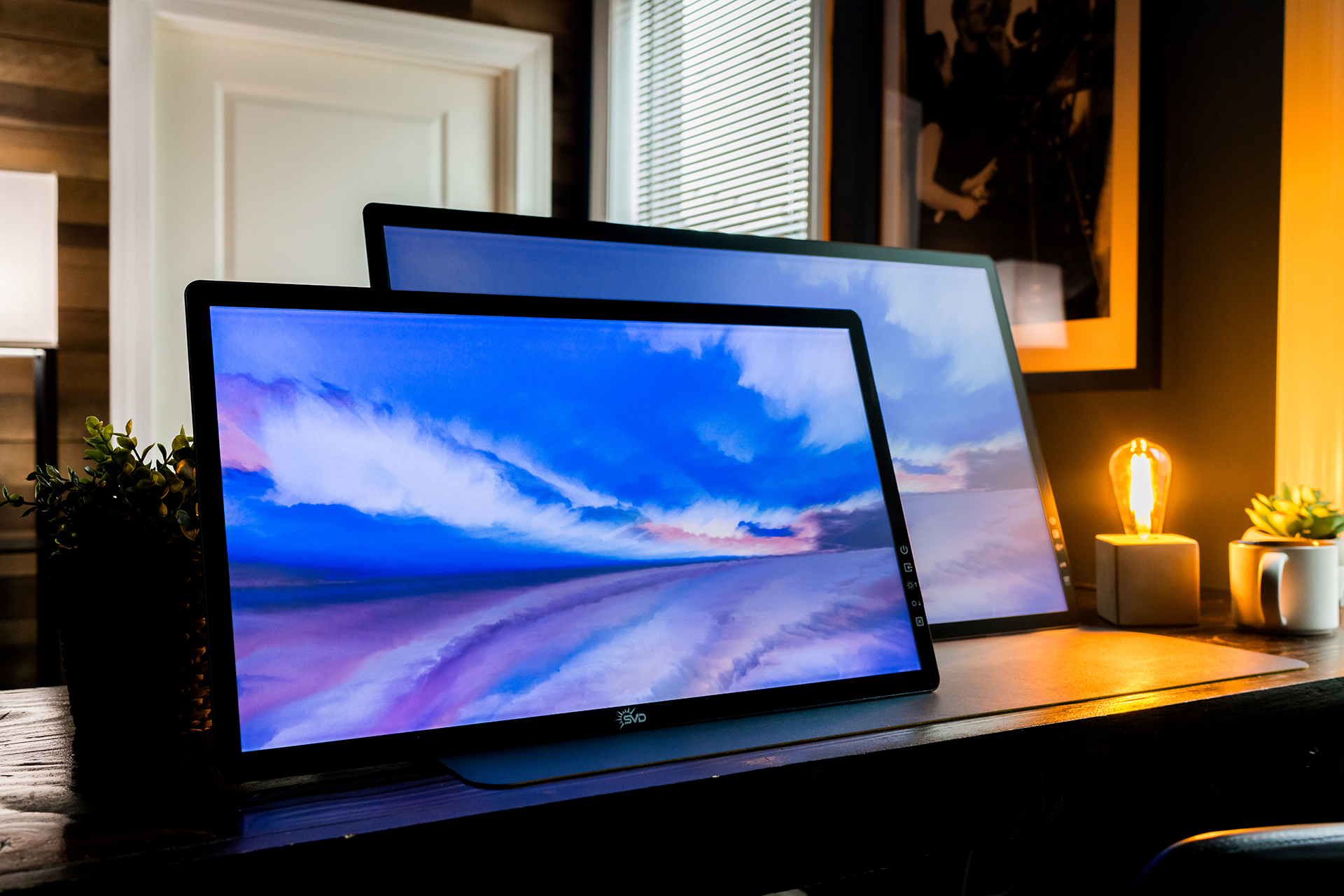May 21, 2025
We’ve been hard at work getting shipments of the rE 2.0 Dawn and Eve out the door, and we’re thrilled to be able to get them into your hands. Thank you for your patience and support along the way! We’ve officially fulfilled the first phase of our pre-orders and are currently well on our way with the next batch of Dawn and Eve, which is scheduled to arrive in July . If your pre-order is part of the second phase, we will notify you individually and update you when your unit ships out. For those of you who may want to skip the frontlight option, we still have plenty of inventory of the original rE monitor ! In the meantime, we recognize that there is a LOT of uncertainty with the impact of tariffs on consumers, and the global economy in general. Please rest assured that at SVD, we are doing everything possible to ensure stability in our pricing and practices to help mitigate additional costs to you – our supporters who have had our back since Day 1. Therefore, we’ve changed things up a bit: First, for pre-order options via our website, you can now reserve your place in line for only $250 USD (fully refundable), which will be applied towards the cost of the monitor. When your monitor becomes available, we’ll confirm the order with you and collect the balance prior to shipping. You have the assurance that your rE 2.0 Monitor is on its way, the flexibility to pay the difference when it’s ready, and if you happen to decide otherwise at the time, not a problem. You’ll get the $250 refund returned and we can still be friends! Second, while the tariffs appear to be on hold currently, there is no predicting if or when they may return, or to what extent. In light of this, you have SVD’s commitment to full transparency. We will make every effort to keep our prices as low as possible, and if they are to increase (for any reason), we will be sure to keep you posted, prior to making any actual changes. Together, we will continue to support each other. Needless to say – for us at SVD, our customers continue to remain at the forefront of all we do! As always, don’t hesitate to reach out to us if you have any questions. We look forward to serving you. With gratitude, The SVD Team


